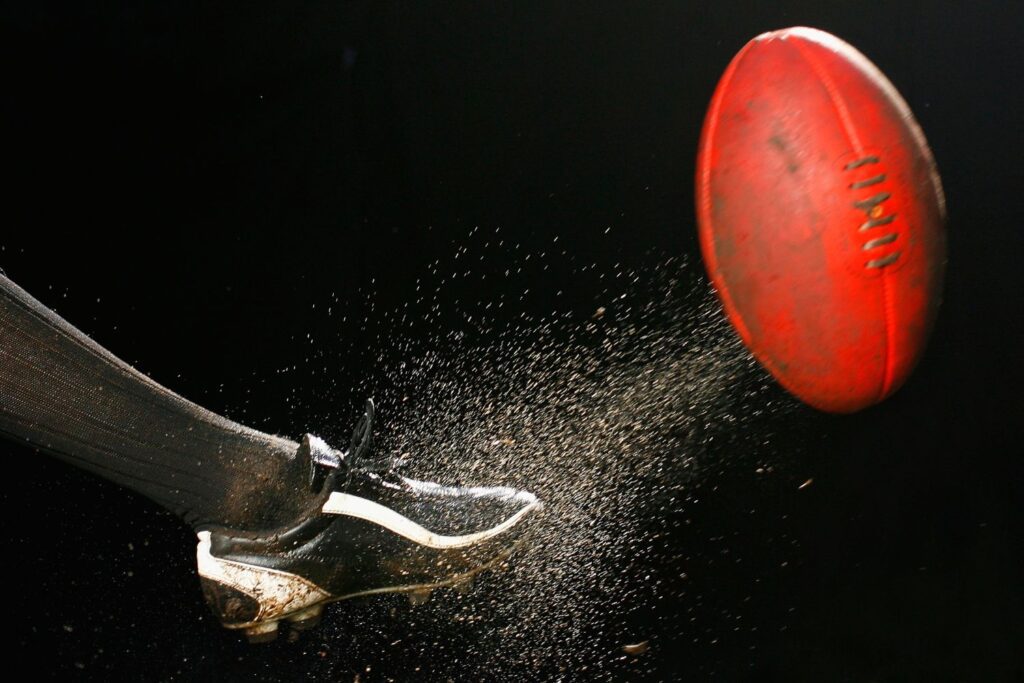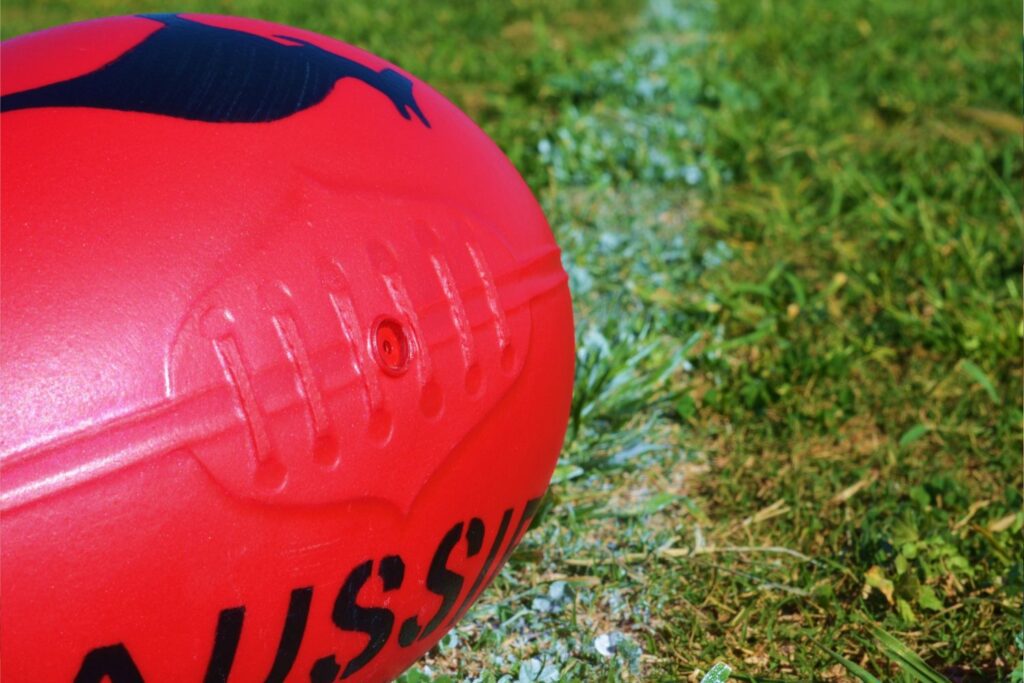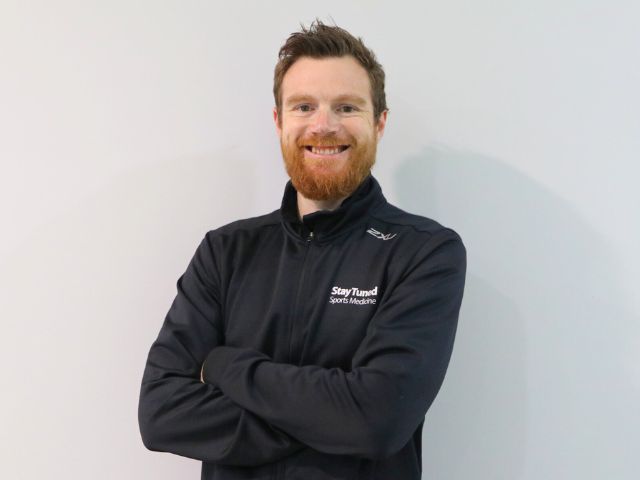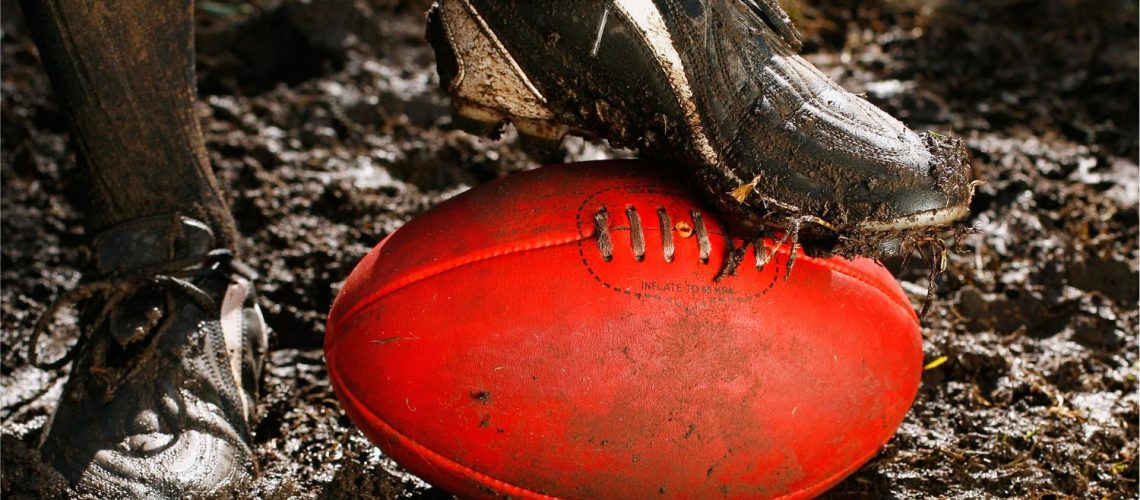Footy season is just starting up and many people will be looking at buying new boot. This can be a difficult and frustrating process, and as you will be aware, body conditioning is important when preventing injuries.
What you may not know is the importance of footwear and lower limb biomechanics in further preventing injury. When buying footy boots this winter, there are 3 main points you need to consider.
1. Outer sole: Studs, moulds or screw ins
There are many options for the outer sole in the market. As you will be aware the outsole provides the traction and there are a variety options on the market with Adidas releasing a boot with 3 interchangeable soles.
There are many factors including position, surface, previous injury and biomechanics to take into account when making this decision. This is an important as a simple decision like have a stud in the wrong place can lead to a stress fracture.
Make sure you speak to a podiatrist when making this decision, especially if you have a history of lower limb injuries.

2. SURFACES
What is the surface you will be playing most of your footy on?
With the Victorian climate, hard grounds are really common. These are a precursor for high-stress injuries like shin splints, stress fractures and knee pain. Some boots now come with an inbuilt layer of foam in the midsole which provides cushioning which is often required for hard surfaces.
Wearing your runners for preseason running is a good way of conditioning your body while the surfaces are still very hard.

3: OTHER BOOT FEATURES
There are many other features to consider including last shape, width and midsole stiffness. These features (plus many others not just for footy boots) and variations will depend on the individual, their foot type and biomechanics. Click here to make a booking for a footwear or biomechanical assessment today.
At Stay tuned Sports Medicine our podiatrists specialise in the assessment and treatment of the lower limb and its mechanics. They often use the prescription of footwear in combination with stretching, strengthening and or orthoses to treat or prevent injury.
Dr Josh Osborne
Podiatrist, B.Pod., Cert 4. Personal Training


